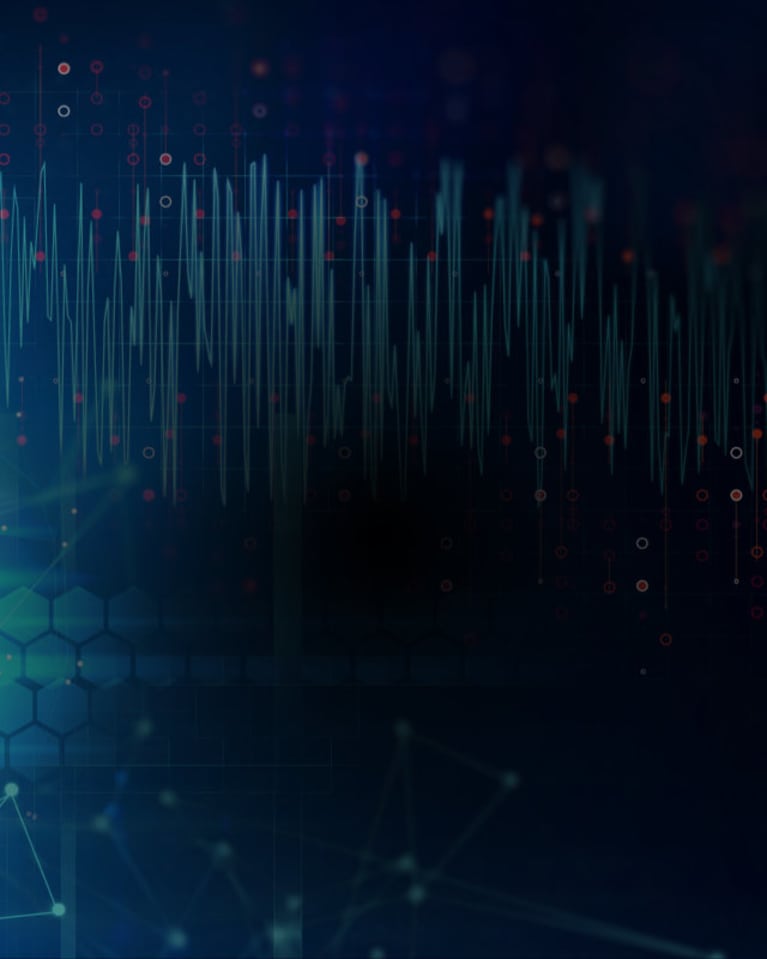ADVANCING SLEEP SCIENCE
Promoting impactful research to improve sleep quality
Sleep Number is presenting new data at SLEEP 2022 June 4-8 in Charlotte, NC. The Sleep Number presentations will show results of a study to measure skin temperature using the smart bed and a study to measure daytime alertness using SleepIQ® technology. These studies further demonstrate the potential research capabilities of the smart bed to accurately assess and monitor sleep in a non-invasive, longitudinal way, while also delivering effortless, proven quality sleep.

